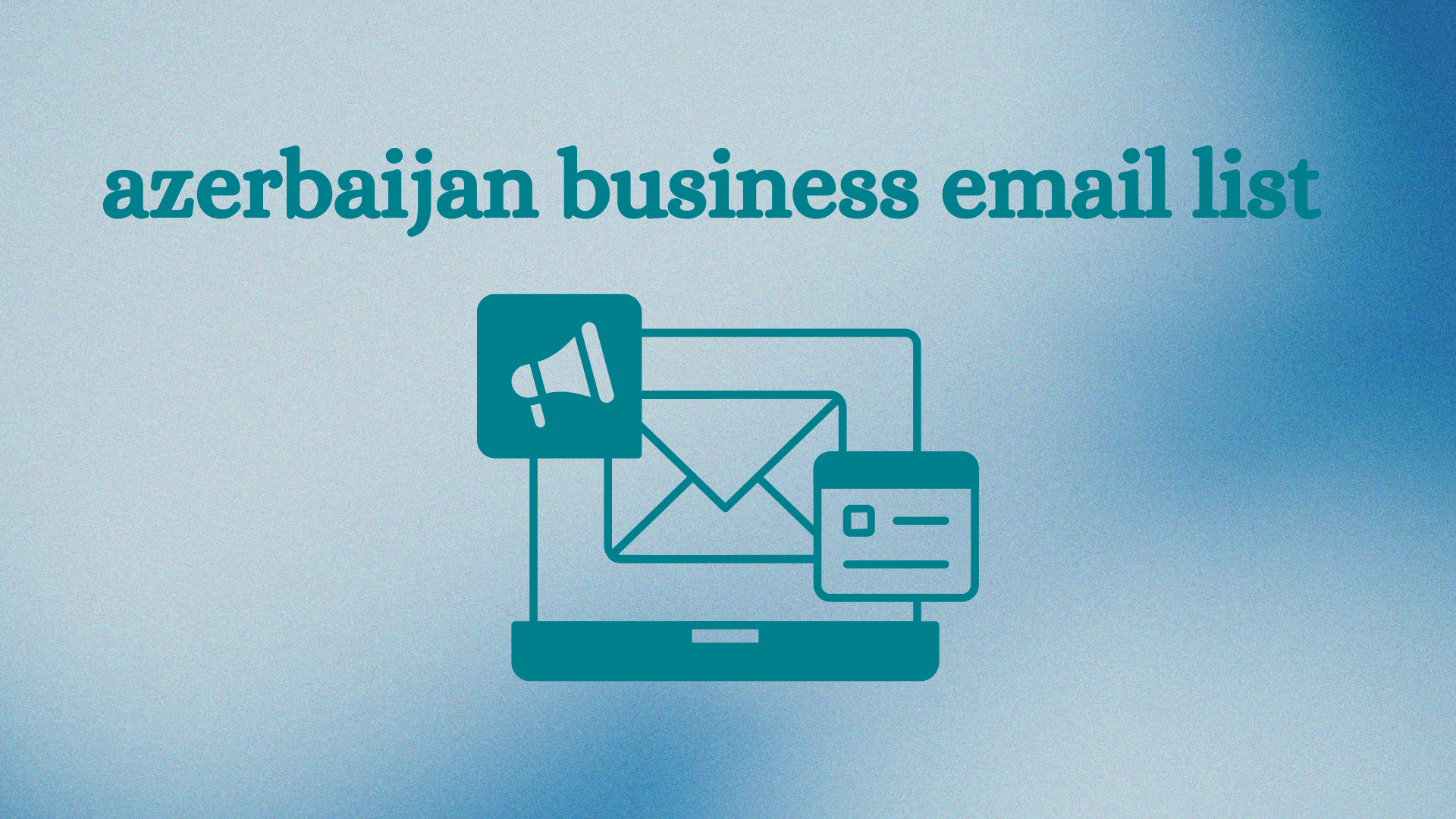The marketing funnel helps map consumer behavior and understand their needs throughout the purchasing journey. This is essential to deliver relevant content at each stage, directly impacting customer decisions. The goal is not only to capture leads, but to qualify them and guide them to conversion, which requires careful analysis of each stage and their results.
Top of the Funnel: Attraction and Awareness
The first stage of the marketing funnel is the top, known as the attraction and awareness stage. At this stage, the main objective is to capture the public's attention, usually using inbound marketing strategies, such as content production on blogs, posts on social media and paid advertising campaigns. According to a study by the Content Marketing Institute, companies azerbaijan business email list that prioritize relevant content at the top of the funnel are 13 times more likely to obtain a positive return on investment (ROI).

This phase requires a clear understanding of the target audience and their needs. A good example of this is the use of SEO tools to increase online visibility and attract qualified visitors to the website. This attraction should be organic and strategic, paving the way for the following steps. However, here the focus is not directly on the sale, but on building an initial relationship, educating the audience about the problems that the company can solve.
Top of the Funnel Content Strategies
Investing in informative and educational content is essential at this stage. Creating eBooks, webinars, explanatory videos, and blog posts that answer audience questions are effective actions. The 2023 Demand Gen Report survey shows that 96% of B2B buyers seek detailed information before starting conversations with salespeople, highlighting the importance of offering materials that help the customer understand the value of the brand.
Middle of the Funnel: Consideration and Engagement
In the middle of the funnel, the lead is already familiar with the brand and has a clear idea of their needs. This is the consideration and engagement stage, where companies need to nurture the relationship with leads by helping them consider solutions. At this stage, content should be more focused on solving specific problems and presenting the solutions that the company offers. According to the 2022 Salesforce report, 66% of consumers say that personalization in the middle of the funnel is a decisive factor in their purchasing decision.
This is the time when it is important to highlight the company's unique selling point compared to its competitors. Tactics such as sending personalized newsletters, product comparisons, and customer success stories can be effective in keeping leads interested and moving them to the bottom of the funnel. Here, lead nurturing via marketing automation can also be an excellent strategy, maintaining customer engagement in an automated but still personalized way.
Lead Nurturing and Marketing Automation
Lead nurturing is a strategy that uses continuous and personalized communication flows to guide the consumer through the funnel. According to Forrester Research, companies that implement a marketing automation system increase their sales opportunities by 10% in a period of six to nine months. Using CRM tools integrated with automation allows you to send segmented and valuable content, which increases the chances of conversion.
Bottom of the Funnel: Conversion
The bottom of the funnel is the decisive moment: conversion. Here, the lead is practically ready to make a purchase decision, and it is crucial that actions are directed towards facilitating this choice. At this stage, the content should be much more direct and focused on clear benefits, ready to eliminate final doubts and highlight incentives. A survey by Harvard Business Review indicates that 63% of leads at the bottom of the funnel seek proof of value, such as product demonstrations and customer testimonials.
Providing materials such as detailed success stories, social proof, and even free trials can help strengthen the lead’s trust in the company. This is where many companies lose conversions due to a lack of a precise approach and agility in responses. Live chat tools and a well-trained sales team are essential to convert leads at this crucial moment.
Value Propositions and Social Proof
Presenting a clear value proposition is key to bottom-of-the-funnel success. Studies show that 82% of consumers rely on testimonials and reviews before making a purchasing decision. Therefore, it is essential that the company highlights positive reviews, case studies and other elements that reinforce the lead’s confidence in the solution being offered.
Data-Driven Decision Making
One of the biggest benefits of using a marketing funnel is the ability to make data-driven decisions. Each stage of the funnel can be measured and optimized based on lead behavior. Analytics tools like Google Analytics, HubSpot, or other CRM platforms provide detailed insights into the effectiveness of digital marketing campaigns and strategies , allowing for quick adjustments to maximize results.
According to a 2023 McKinsey study, companies that base their decisions on data are 23 times more likely to acquire customers, 6 times more likely to retain customers, and 19 times more likely to be profitable. This information shows the power of real-time analysis in optimizing conversion strategies. By collecting data from each stage of the funnel, it is possible to identify bottlenecks, better understand consumer behavior, and quickly adjust campaigns.
